The secluded, private park Tagua Tagua protects a dense, pristine forest in Northern Patagonia as well as its intriguing biodiversity. The visitor may observe the giant, millenary Alerce (Fitzroya cupressoides) and right next to it, a carpet of tiny mosses and lichens, which find excellent growing conditions thanks to the humidity. The forest is furthermore a largely pristine habitat for many different bird species. And with a bit of luck and patience, it’s even possible to spot a puma or a pudu deer.
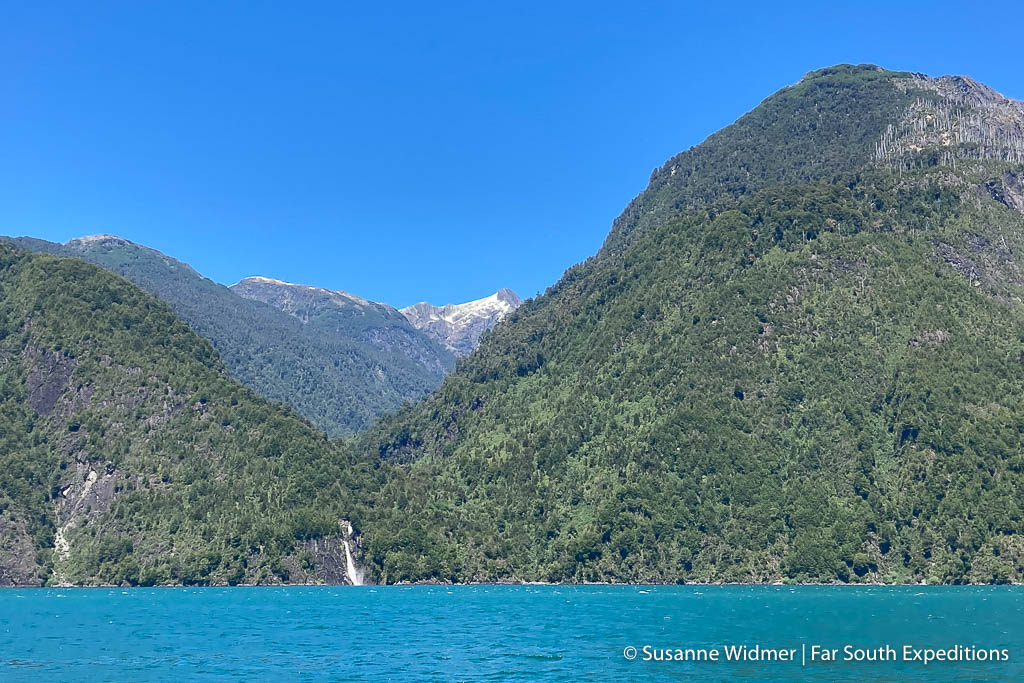
The park’s remarkable pristineness is mostly due to its remoteness, seclusion and the unusual way to get there. There is a public bus running daily from Puerto Montt, driving later along the picturesque lakeside town of Puerto Varas, and eventually to the Tagua Tagua lake. The ride takes about four hours and the last third of the journey leads you through gravel roads along the impressive Reloncavi fjord. This area would be a true highlight with its idyllic landscapes and nature, however the place is packed with fish farms and aquaculture; the Reloncavi Sound has become one of Chile’s most important centers of salmon farming due to its favorable and sheltered water conditions. In recent years, also the seafood production in this part of Patagonia has gained remarkable importance.
Once you arrive to the Tagua Tagua lake, one changes the means of transportation. As the bus goes back to Puerto Montt, we hop on the ferry as pedestrians. We crossed the lake in about 40 minutes, departing from Punta Canelo to Puerto Maldonado. There, a boat belonging to the park and an associated hotel, is already waiting for me, and in a short but scenic ride, it takes me to the park entrance. Just before landing, we make a quick stop close to a beautiful waterfall, which drops into the Tagua Tagua lake. Who thinks that the landing place is an excellent jetty, connected with a flat gravel path leading into the park, is mistaken; the boat ride ends at an accumulation of large boulders, from where a steep but well maintained stairway brings the visitors to the information center and along to the first hut and campground.
I pitch my tent and take a small snack, enjoying the great view of Tagua Tagua lake and the mountains lying behind it. The break, however, is brief. After all, I mainly came here in order to explore and enjoy the forest with its wildlife. So I fill my water bottles and start walking. It’s quite hot; unusually hot for this area and the sun is mercilessly scorching. I’m thankful to be in the somehow cooling shade of the trees. Every now and then I pause for a moment, listening to the bird’s calls or marveling at the plants from a close distance. Ferns are unrolling their young fronds. The Fuchsia magellanica (commonly known as Hummingbird fuchsia or Magellanic fuchsia) is in full bloom. The Laureliopsis philippiana (tepa; endemic to Chile and a small stretch of neighboring Argentina) exudes an intense, sweet fragrance, dominating whole parts of the forest. A few times I spot a Chucao Tapaculo. However, being a shy bird, it always disappears immediately into the thicket.
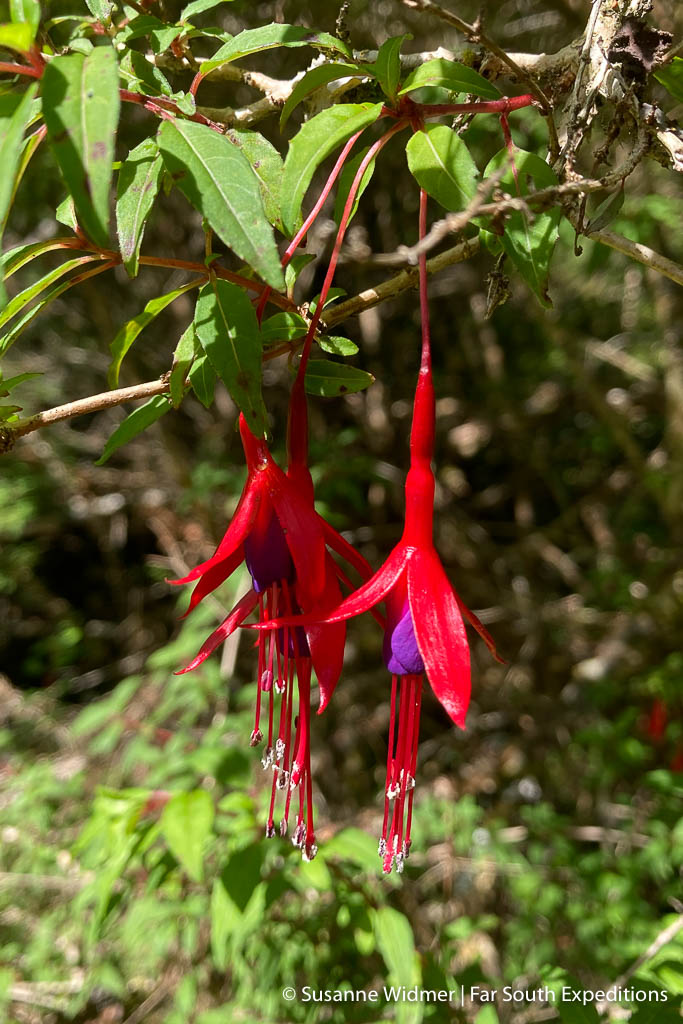
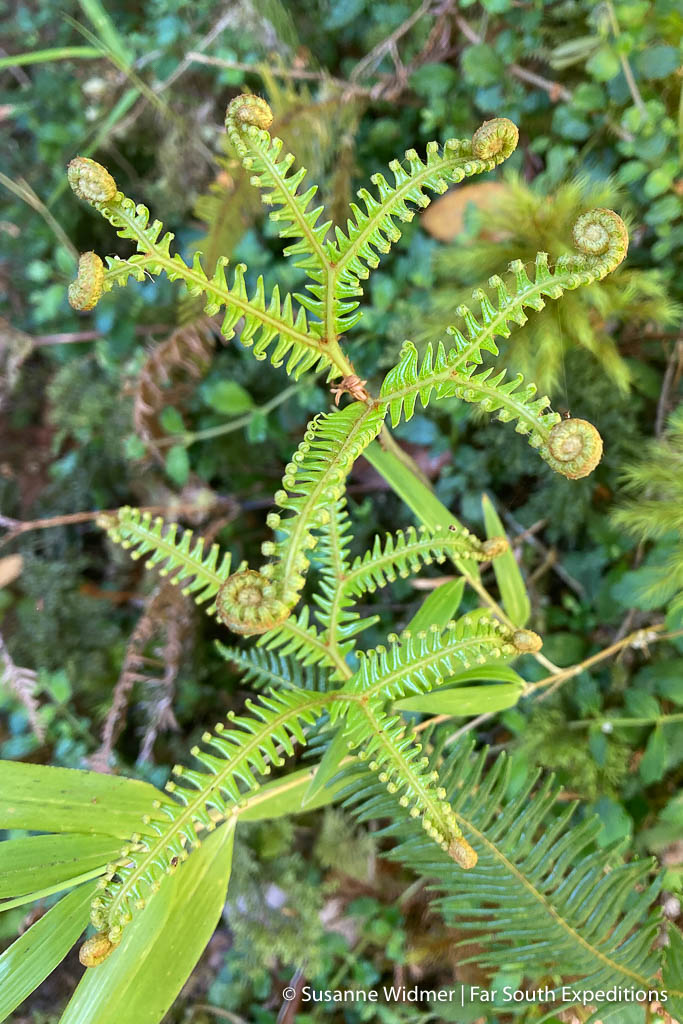
The park’s trail system consists of a main path and, branching off, a couple of secondary trails, leading to waterfalls and view points. They are mainly simple paths, sometimes narrower, sometimes wider. Every now and then, one needs to lift the feet quite a bit, in order not to get stuck on roots or big rocks, over which the trails leads. In the upper part of the park, there were even put some stairs. They allow the visitors to deal easily with the steep slopes while affecting as little as possible the vegetation and the soil. Moving in the park requires a minimum of familiarity with walking in rough terrain as well as a certain physical condition. The terrain, however, is not at all dangerous and the trails are perfectly maintained – within the realms of possibility and desire. Minimizing the impact on the natural environment is namely one of the main pillars of the park operator’s philosophy. This applies also to the trail system. It should be safe, but basic and simple.
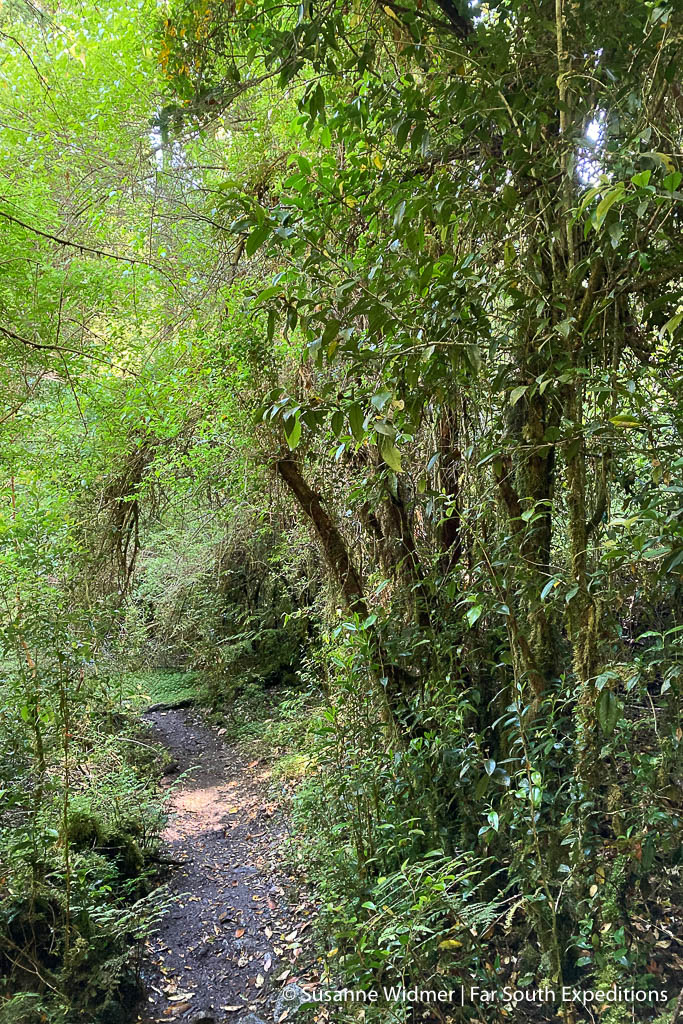

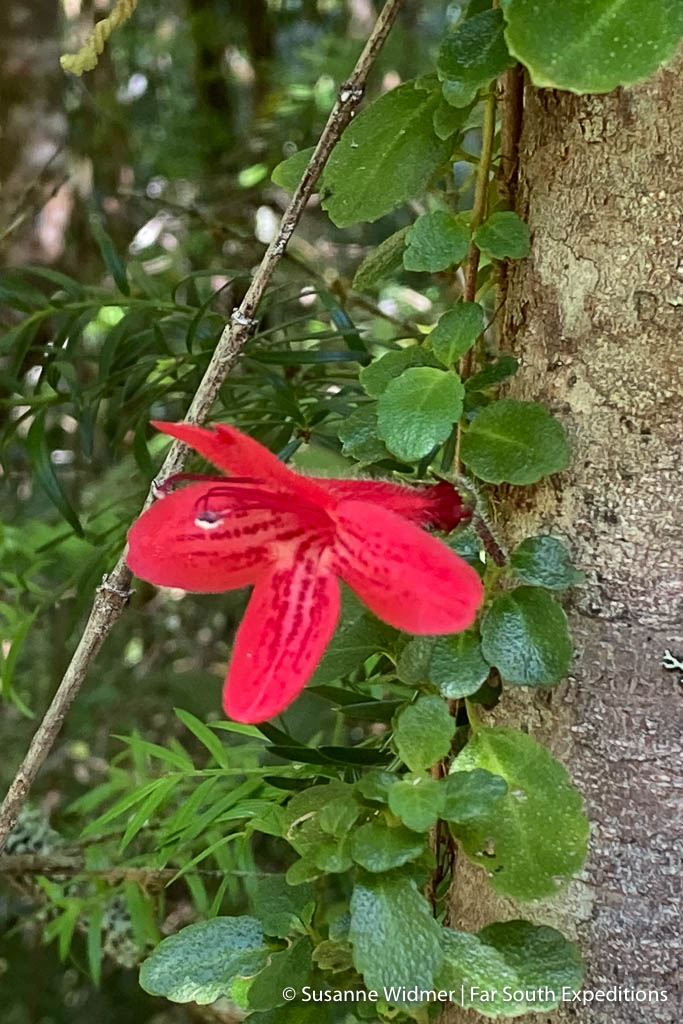
On the second morning, I get out of my tent pretty early. I want to get out most of the day, following the motto Carpe Diem, seize the day. Furthermore, starting early spares me from going up the valley in the intense midday heat. Due to its orientation, the park gets direct sunshine already from the early morning hours. It takes me about 2.5 hours to get to the Alerces Hut. This cozy wooden cabin lies idyllically on the shores of a small lake, in whose center stand numerous dead conifer Fitzroya cupressoides (in Spanish: Alerces).
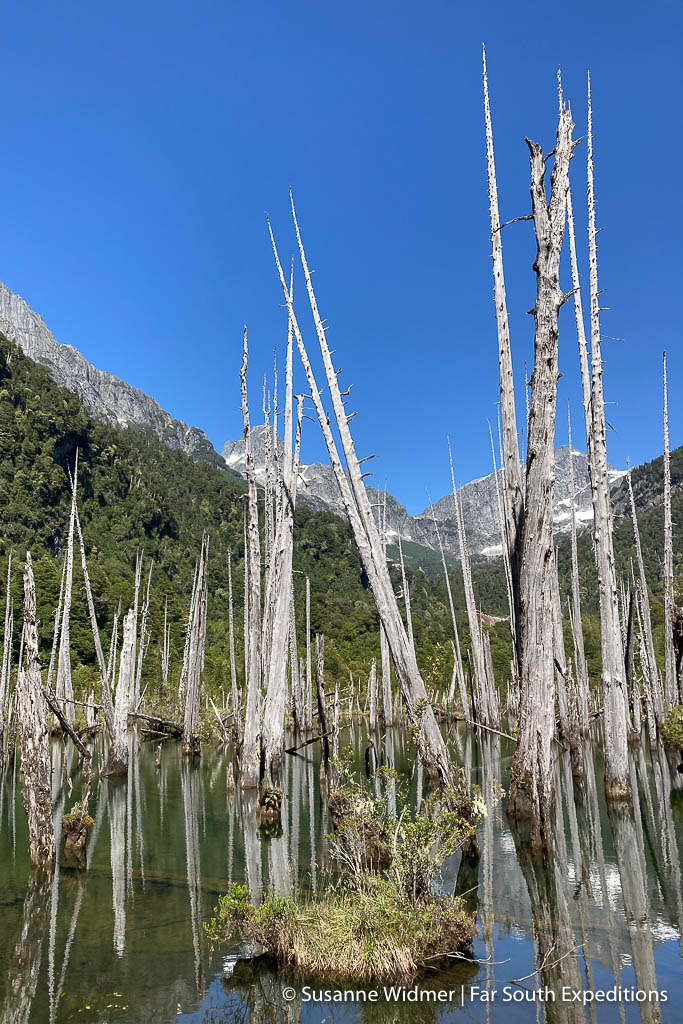
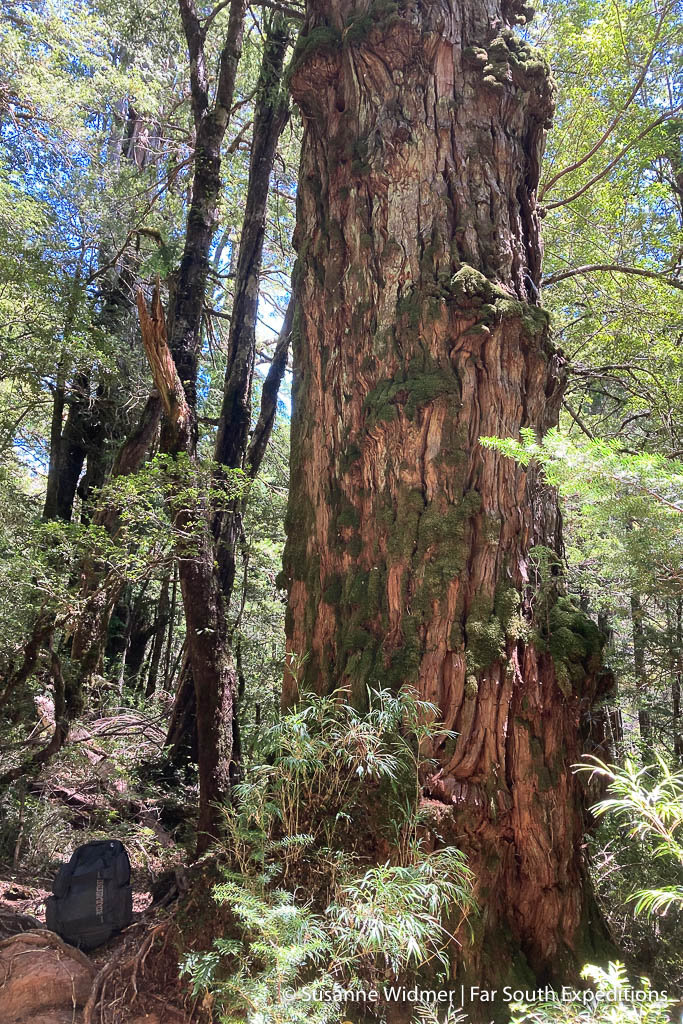
A dendrochronological study showed that these trees died in the middle of the 19th century. Possible causes are a landslide resulting from an earthquake (there was a large earthquake in Chile in 1837) or a lahar as a consequence of the eruption of the Hornopiren volcano, in 1835. Both events might have had the potential to impound the river, thus creating the lake which still nowadays exists. The same scientists determined also the age of a series of Alerces in the upper part of the park. Using dendrochronological methods again, they proved that the population around the Alerces Hut is at least 400 years old. The population growing about a mile further up, close to the Quetrus Hut, is 600 and more years old. One of these individuals might even have lived already for some 3,000 years! The researchers made this guess basing on the enormous height and diameter of this individual and taking into account the age of the neighboring trees.
From the Alerces Hut it takes about one more hour to get to the plateau, which hosts an awesome wetland, another lake and the Quetrus Hut. On the way there, one can see many Chilean Cypress (Pilgerodendron uviferum). The permanently wet soils here form an ideal habitat for this cypress, native to southern South America. Attentive visitors with a good eye can also detect the miniature carnivorous Sundew (Drosera uniflora), member of the sundews genus; this species is native to southern Chile, Argentina, and the Falkland Islands.
The hut’s terrace offers an impressive panoramic view. There is the lake, spreading silently in front of us. Its shores are lined with trees and bushes. Not far away from the water’s edge, however, there are already the mountains towering into the sky. Their slopes are steep. In some parts, over thousands of years, wind and water erosion has formed screes and a thin layer of soil has been able to develop, now habitat for some very specialized and modest-growing plants. The main part of the slopes, however, are pure bedrock, hardly suitable habitat for any vegetation. In the very upper part of the mountains, some patches of firn and glacier relicts have managed to persist.
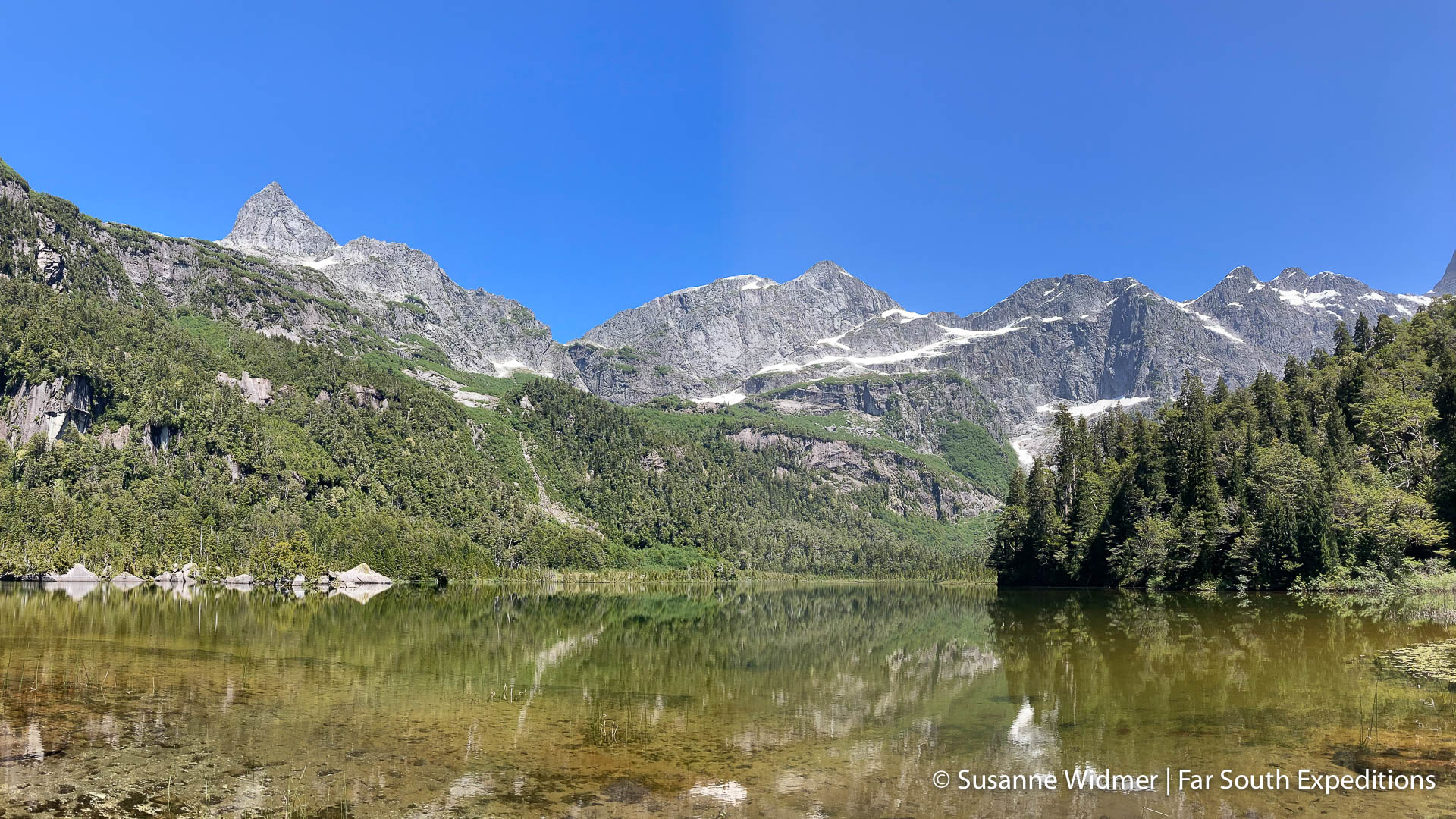
On the way back, I make a few small detours to see waterfalls. At the end of the day I have covered a distance of some 23 kilometers (14 miles). While doing so, I repeatedly think about the natives and the first settlers. It must have been terribly hard to move around in this dense vegetation. The brushwood is very lush, so that crossing it without benefiting from any path is an extremely energy-snapping and tedious undertaking. Moreover, it is all but simple not to loose the orientation. In the trackless terrain, the visibility is very limited, due to the compact and relatively high vegetation. It is therefore of paramount importance to use the position of the sun and the area’s geography for orientation. Furthermore, one needs to be very attentive and make use of all senses.
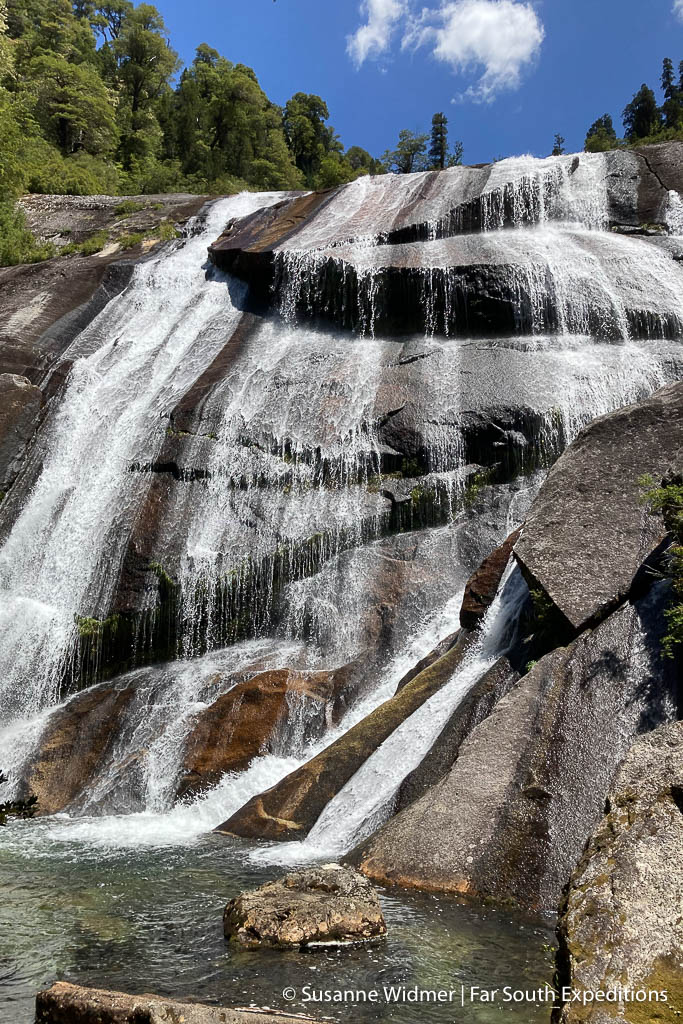
I consider the Tagua Tagua park being a good example of a successful protection and conservation project. The maximum number of visitors is kept low and the arrival is somewhat demanding and time-consuming. Therefore, the possibility of gatherings is remote. Visitors get a short briefing of the park at their arrival. This includes the reminder of leaving no trace whatsoever in the park. The infrastructure is functional but basic. This results in a trail system being large and convenient enough, so that one can explore and enjoy the park. In turn, by keeping the number and quality of the trails low and basic, the impact on the ecosystem is minimized. Let’s hope that climate change won’t afflict too much the Chilean Cypress and other native wildlife, so that this patch of largely pristine nature endures many more centuries and thus goes on acting as an area for recreation and learning.



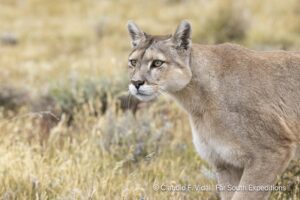

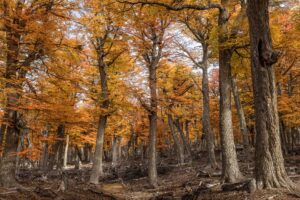


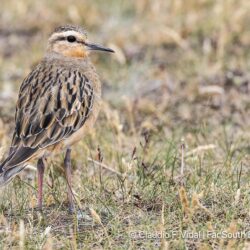
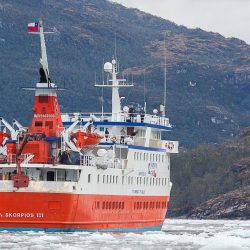

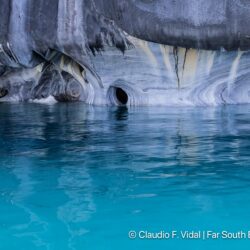
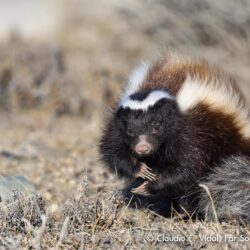
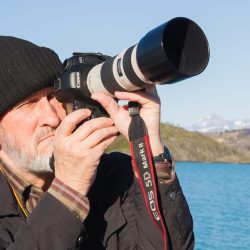
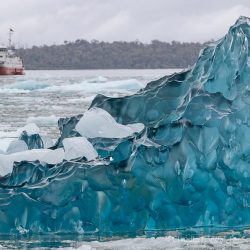

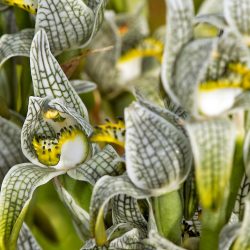

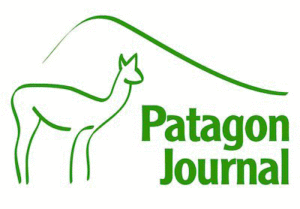
Leave a Reply
Your email is safe with us.